In an excerpt from Nigerian investigative journalist David Hundeyin’s book, BreakingPoint, a detailed exposé is presented on how Kenya’s Assets Recovery Agency (ARA) kept a close watch on the financial activities of the fintech giant Flutterwave.
The surveillance, prompted by suspicious financial transactions, revealed millions of dollars shuffled through poorly documented accounts.
This led to a prolonged year-long negotiation, where the ARA utilized account restrictions as leverage rather than pushing for full prosecution, culminating in the withdrawal of the case in July 2023, despite media resistance against corruption and bribery.
One of the pivotal figures in the case is Nigerian tax expert and legal practitioner, Alexander Ezenagu, who was repeatedly implicated in the fraudulent activities surrounding Flutterwave.
Ezenagu’s connection to Flutterwave extended beyond the professional realm; he is the son-in-law of Kenyan President William Ruto, being married to Ruto’s daughter, June Ruto.
This familial link raised eyebrows and fueled speculation that the case against Flutterwave was politically motivated, designed by the previous Kenyan administration to thwart Ruto’s presidential bid due to his perceived closeness to the company.
During the 2022 campaign, Ruto was often seen in close proximity to Flutterwave’s co-founder and CEO, Olugbenga Agboola, further stoking rumors of the company’s involvement in financing his bid for the presidency.
Following Ruto’s ascension to the presidency, many expected the case to be dropped, and this expectation was fulfilled when ARA opted to withdraw the case, despite substantial evidence pointing to money laundering and other fraudulent activities.
Flutterwave, in a press release, claimed that it had been “cleared of wrongdoing.”
However, Justice Nixon Sifuna, the High Court judge overseeing the case, made it clear that the withdrawal was marred by dishonesty, openly accusing ARA officials of bribery, corruption, and racketeering.
His judgment criticized the ARA for not pursuing a proper prosecution and questioned the motives behind the case’s sudden withdrawal.
The judgment highlighted how millions of dollars were being transferred between multiple businesses and accounts with hastily edited service level agreements (SLAs), some containing spelling errors, raising red flags about the legitimacy of the transactions.
Much of the money appeared to originate from Nigeria, though its true source remained obscured.
This was identified as a classic case of “layering” a method used to conceal the origins of illicit funds by transferring them through a complex web of accounts and institutions.
Layering is a well-known method in money laundering schemes that makes it extremely difficult for financial regulators to trace the original source of funds.
Justice Sifuna noted that the ARA’s focus was not on securing a conviction and forfeiture of the laundered funds.
Instead, the agency used the account restrictions as a bargaining chip to force Flutterwave to the negotiating table.
Rather than prosecuting, the ARA seemingly aimed to benefit financially from the situation, knowing that forfeited funds would simply be absorbed by the Treasury, effectively disappearing from their control.
The agency, therefore, opted to engage in behind-the-scenes negotiations rather than pursuing justice.
Media outlets, such as Business Daily, played a crucial role in keeping the story alive during these negotiations.
Leaks from court files would periodically reach journalists, garnering widespread public attention.
Flutterwave’s PR team, led by Wendy, was often left scrambling to control the narrative, as new damaging information continuously surfaced.
Former Nation Media Group journalist Adonijah Ndege, who led the investigative reporting on the Flutterwave case, faced big pushback from within his organization.
Despite attempts by Flutterwave to bribe him into dropping the story, Ndege continued his work, ultimately resigning due to mounting pressure and obstruction from his editors.
Justice Sifuna’s frustration with the case’s withdrawal was palpable.
In his judgment, he lamented how a case could be filed, brought to life, and then, suffocated to death by its own initiator the Agency.
He accused the ARA of cutting a deal for a share of the laundered funds rather than ensuring that justice was served.
Despite the volumes of documents that had been submitted as evidence, the ARA, during its withdrawal of the case, claimed there was no sufficient evidence to justify pursuing the charges, asserting that further proceedings would merely waste judicial time.
Flutterwave, for its part, wasted no time in sending out press releases to newsrooms across the world, declaring that it had been “cleared of wrongdoing” in Kenya.
However, as Judge Sifuna’s judgment makes abundantly clear, this was far from the truth.
The case was not dismissed due to a lack of evidence but rather because of corruption within the very agency tasked with prosecuting it.
This scandal not only implicates Flutterwave but also shines a spotlight on the broader issues of corruption and lack of accountability within Kenyan institutions.
Ultimately, the Flutterwave case highlights the deep entanglement of business, politics, and corruption in Africa’s regulatory environment.
Despite overwhelming evidence of money laundering, the company managed to evade prosecution through a mixture of political connections, bribery, and backroom negotiations. For many, this case is a sobering reminder of the challenges that remain in holding powerful entities accountable, especially when they are shielded by the very systems meant to regulate them.







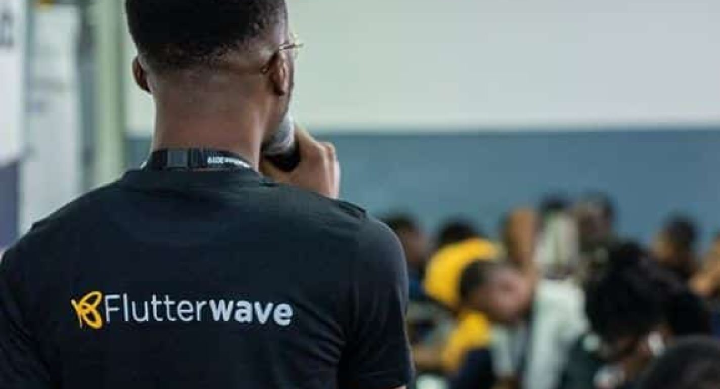

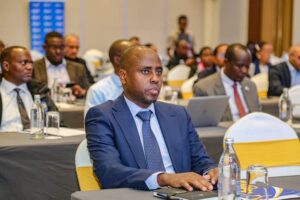
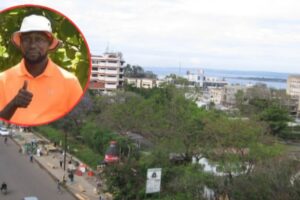

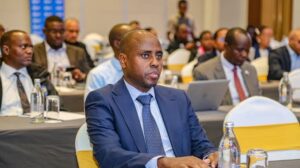


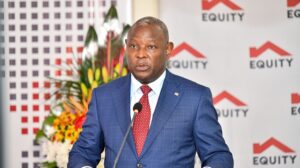
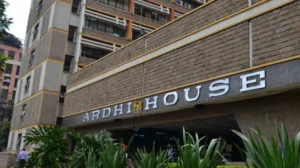



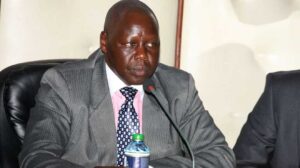
Add Comment